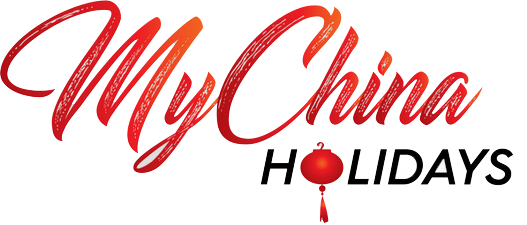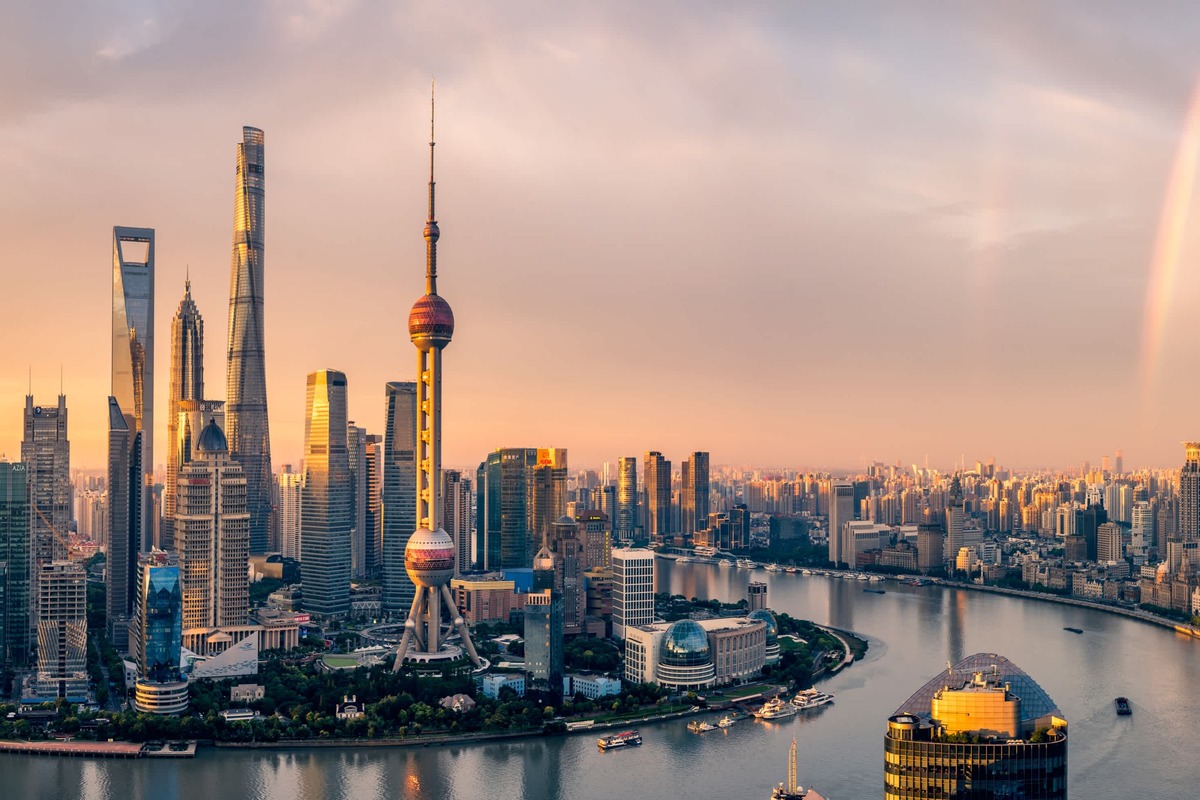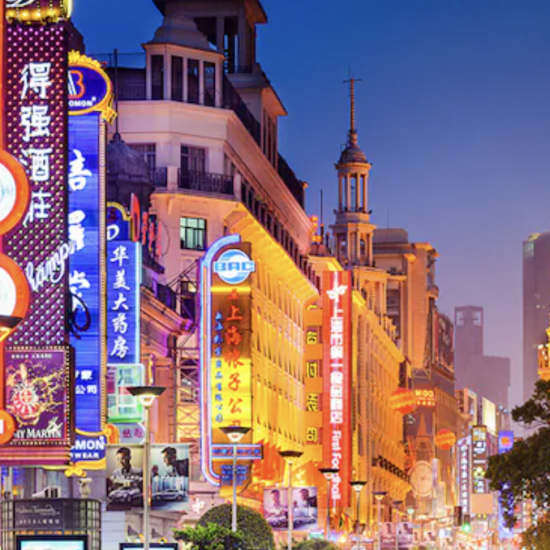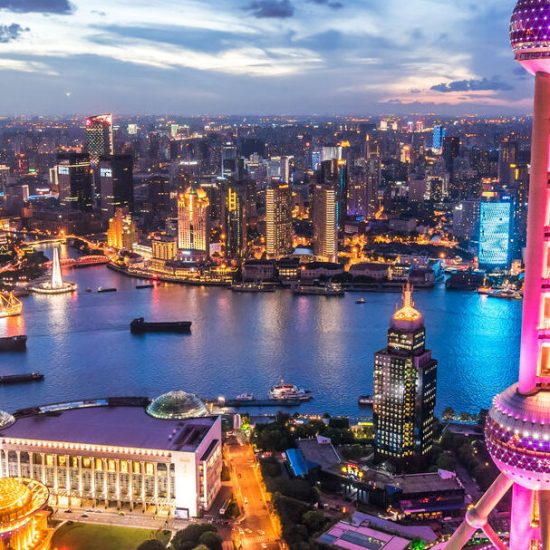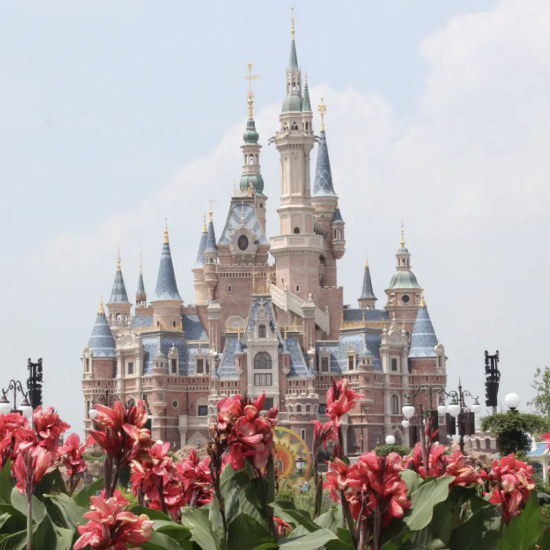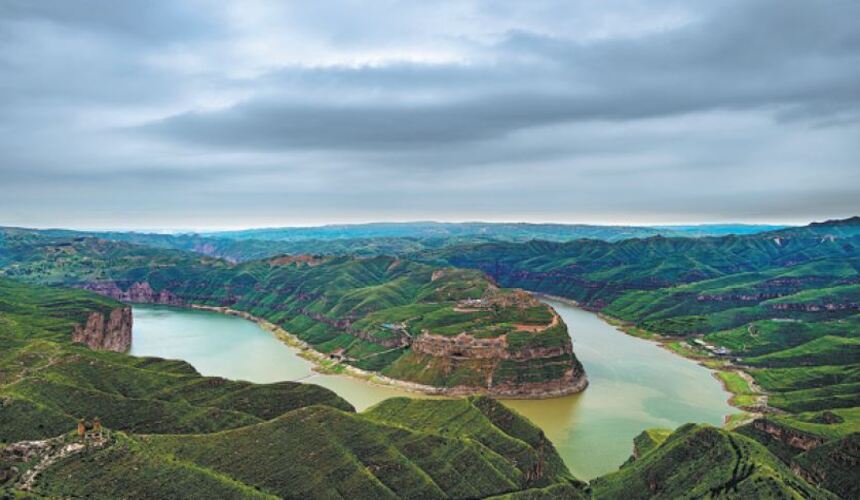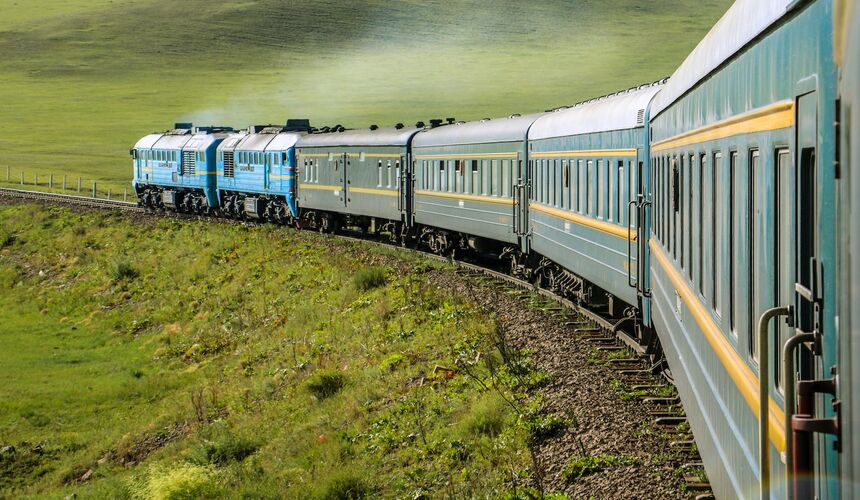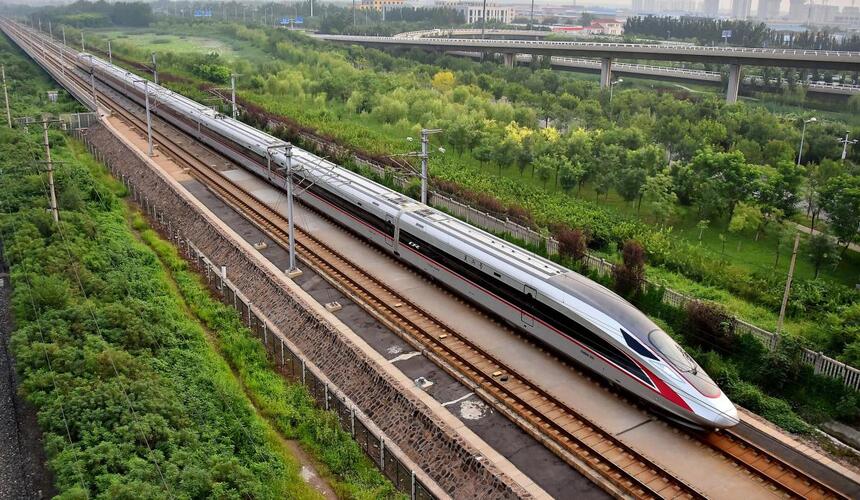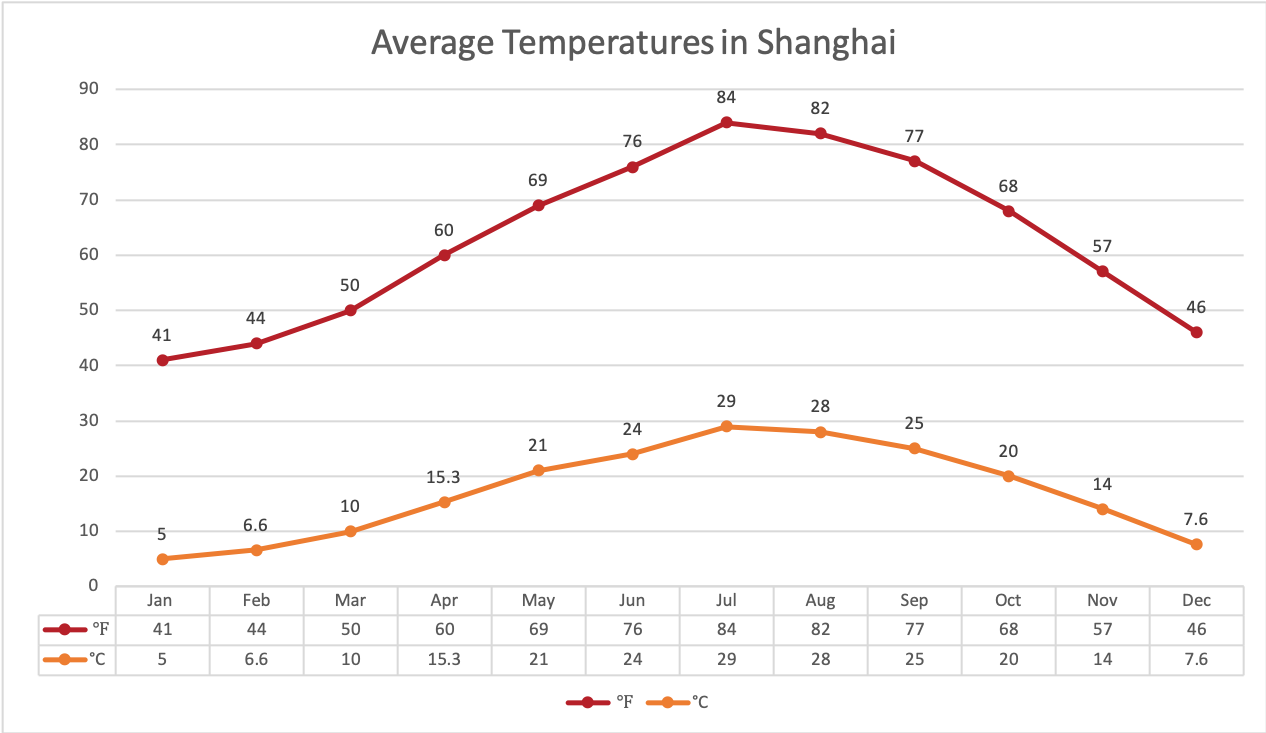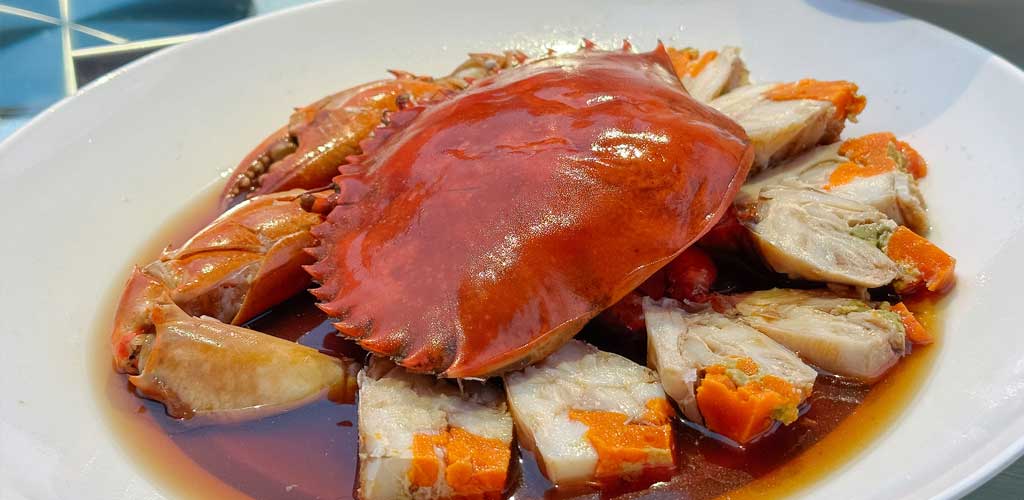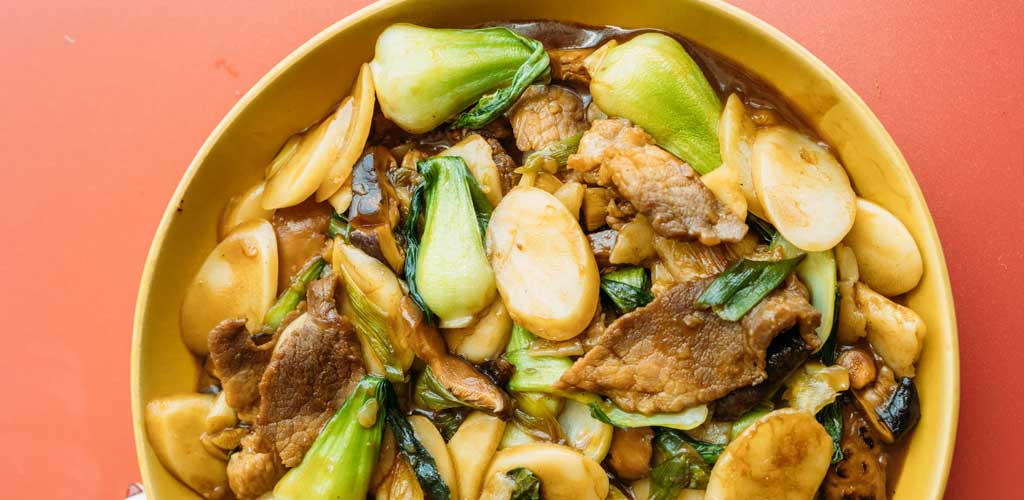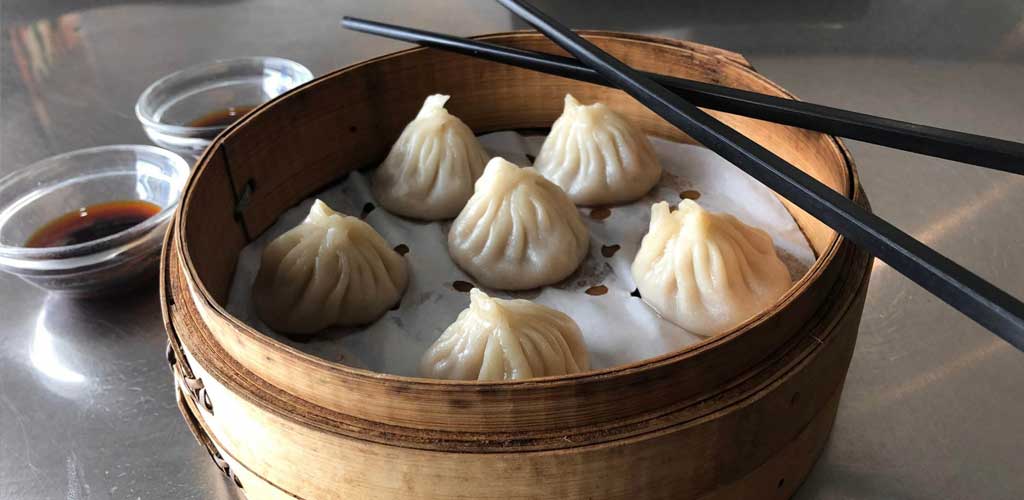The bustling beauty
The best time to visit Shanghai is from October to November. You can anticipate pleasant daytime temperatures ranging from 16°C to 23°C during your visit. Merely carry a sweater or light jacket for the evenings. This brief fall season, when travel is at its busiest, has pleasant weather without the summer’s heat waves and downpours. With frequent downpours and temperatures as high as 32°C in the summer, Shanghai swiftly turns into a sweltering and unattractive place. Winter visitors may experience cold weather, which lessens the fun of seeing cities. Maximum daily temperatures are usually around 10°C, with frequent evening lows of 3°C. Nevertheless, there is the least quantity of rainfall throughout this season. The rising temps of spring offer a short sweet spot for travel. Weather-wise, the city is in its prime, with daytime temps in the 14°C to 24°C.
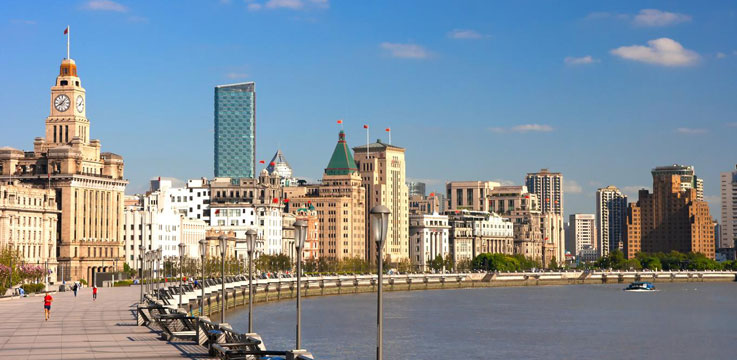
The Bund
Shanghai's most famous landmark is The Bund, a magnificent curve of colonial-era buildings that line the Huangpu River's western bank. This distinctive mixture of classical Renaissance, French classical, Gothic, modern, and Chinese architectural styles has made The Bund so well-known throughout the world. It is the first stop for visitors, and the historic architecture is home to a plethora of fine restaurants, bars, boutiques, and hotels.
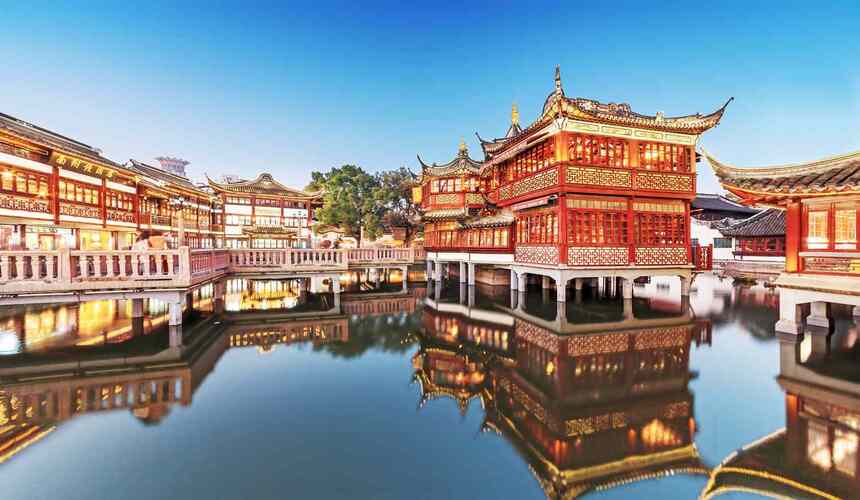
Yu Garden
These gardens were established by wealthy officials of the Ming dynasty, the Pan family, and took eighteen years to grow (1559–77) before being bombarded in 1842 during the Opium War. Restored, they are a fine example of Ming garden design. It is Shanghai's most popular attraction, which features pavilions, shimmering pools teeming with fish, pines wistfully emerging from rockeries, and sheltered alcoves. It's also worthwhile to visit the adjacent Taoist Temple of the Town God. The bustling Middle Fangbang Road, sometimes referred to as Old Street, is situated directly outside the bazaar and is adorned with teahouses and souvenir shops.
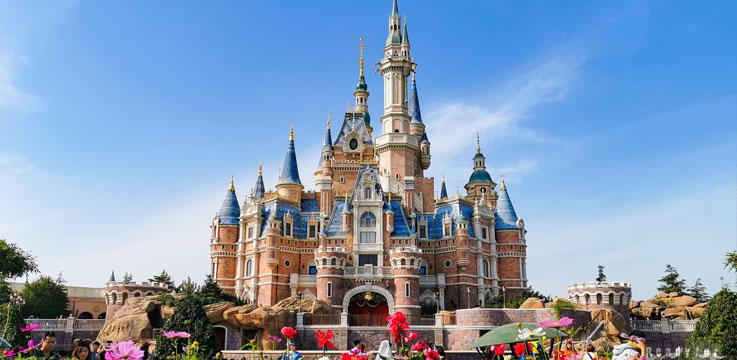
Shanghai Disney
Disney has created a magnificent theme park in Shanghai that offers a subtle Chinese twist on Mickey and friends. Disney's largest-ever Enchanted Storybook Castle is surrounded by six themed zones, featuring high-tech reimaginings of beloved classics like Pirates of the Caribbean with a TRON roller coaster. Expect lengthy lines for rides because there are an estimated 350 million people who live less than three hours away. If you intend to complete the trip in a single day, arrive before 9am.
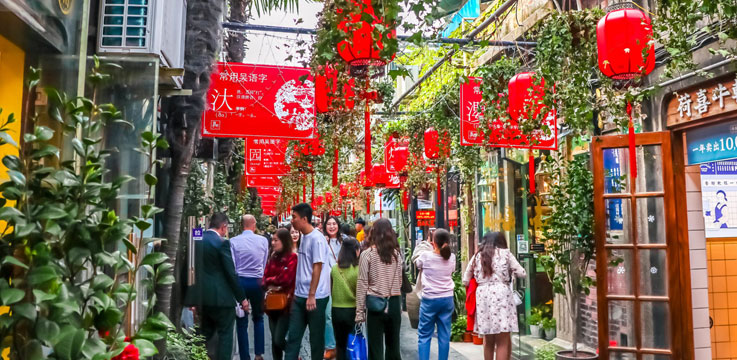
Tianzifang
Tianzifang, formerly the French Concession of Shanghai, has undergone a remarkable metamorphosis into an alluring hub for arts and crafts. The architecture and design of this historic European neighborhood have been meticulously maintained, despite the replacement of many of the older homes and structures. Numerous tiny lanes and alleys scream to be explored. Instead of the larger retailers seen elsewhere in the city, it is made up of a large number of tiny galleries and craft shops. Because of its many cafés, music venues, and restaurants providing traditional fare, as well as its abundance of artist studios and workshops, it's also a great destination to come at night.
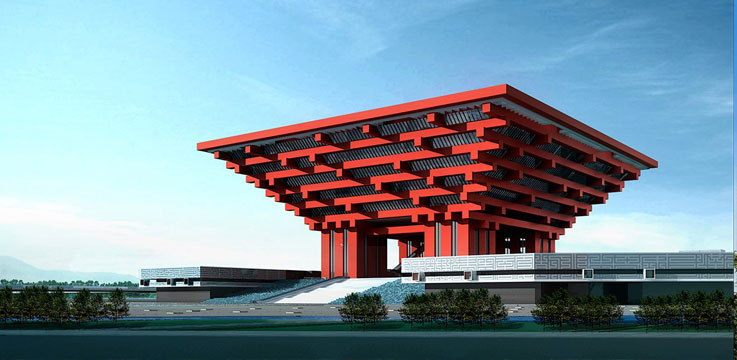
China Art Museum
A vast art museum, located in the former Chinese Expo pavilion. The exhibition area of the China Art Palace covers 64,000 square meters with 27 exhibition halls. Plenty of art treasures are mainly oil paintings, prints, Chinese paintings, and sculptures. Works on display span modern and contemporary periods, and sometimes there are temporary exhibitions. It is free to get in, but you need to reserve a ticket online in advance.
Shanghai cuisine is a popular style of Chinese food. It also refers to Benbang cuisine. Traditional Shanghai cuisine makes use of various cooking methods and condiments to create dishes that are lighter, mellower, and a little sweeter compared to other regional Chinese cuisines. Sugar and soy sauce are essential components, whereas the characteristic Shanghai flavor is sweet and acidic. Seafood is abundant and rice is generally preferred over noodles. As the world has become more interconnected, international influences have permeated Shanghai Chinese cuisine, giving rise to the intriguing fusion style known as Haipai cuisine. It creates distinctive meals such fried pork chops, potato salad, and Shanghai-style borscht by fusing local Chinese and Western culinary traditions.
Must-try: Xiaolongbao, Di Shui Dong ribs, Drunken crab, Rice cake, Mapo tofu, Roasted duck, Shengjianbao, Hongshao rou, Crawfish, Shanghai smoked fish, Lion head meatballs
Air
Pudong and Hongqiao International Airports are the two international airports in Shanghai. 60% of flights are handled by Pudong International Airport (PVG), with the remaining 40% using Hongqiao International Airport (SHA). The city has established connections with around two hundred cities, half of which are local and the other half are international and regional, being one of the primary hubs for Chinese airlines. Pudong International Airport has excellent access to urban transportation. Travelers can take a variety of vehicles to go to the city core. For those wishing to transit to downtown, the quick Maglev Train (SMT) will be a nice option. Visitors can easily reach the city center by taking metro line 2, which stops immediately outside Longyang Rd. Station while exiting the maglev. Hongqiao International Airport, which is situated in the west of the city, is only 13 kilometers (8 miles) from the city center. It primarily manages domestic travel. Lines 2 and 10 have been extended to Terminal 2 of Hongqiao Airport. Travelers can use the subway to Pudong Airport and the downtown area.
Train
Shanghai Railway Station, South Railway Station, West Railway Station, and Hongqiao Railway Station are the four main railway stations in Shanghai.
1.Shanghai Railway Station: It is an integrated station that offers a variety of scheduled trains to numerous inland cities, including Beijing, Xi’an, Chengdu, Nanjing, Hangzhou, and Harbin. It is situated at 303 Moling Road in Zhabei District. Additionally, it services the overnight sleeper trains to Beijing, Xi’an, and through trains to Hong Kong.
2. South Railway Station: There are connections between the Pearl River Delta and other parts of southern China via South Railway Station. Trains from that location mostly depart for several cities, including Guiyang, Changsha, Shenzhen, Xiamen, and Nanchang. In addition, Jinshan District is served by numerous regularly scheduled intercity trains that depart from this station.
3. Hongqiao Railway Station: It is an expansive, integrated, multipurpose rail center featuring state-of-the-art infrastructure and a significant degree of modernization. Numerous Chinese cities, including Hangzhou, Nanjing, Suzhou, Wuxi, Fuzhou, Wenzhou, Nanchang, Xiamen, and Beijing, are primarily serviced by bullet trains from this station
4.West Railway Station: Out of the four stations, the smallest one. High-speed trains traveling to and from Nanjing, Suzhou, Changzhou, Danyang, Huishan, Hefei, and Wuxi pass through the West Station.
